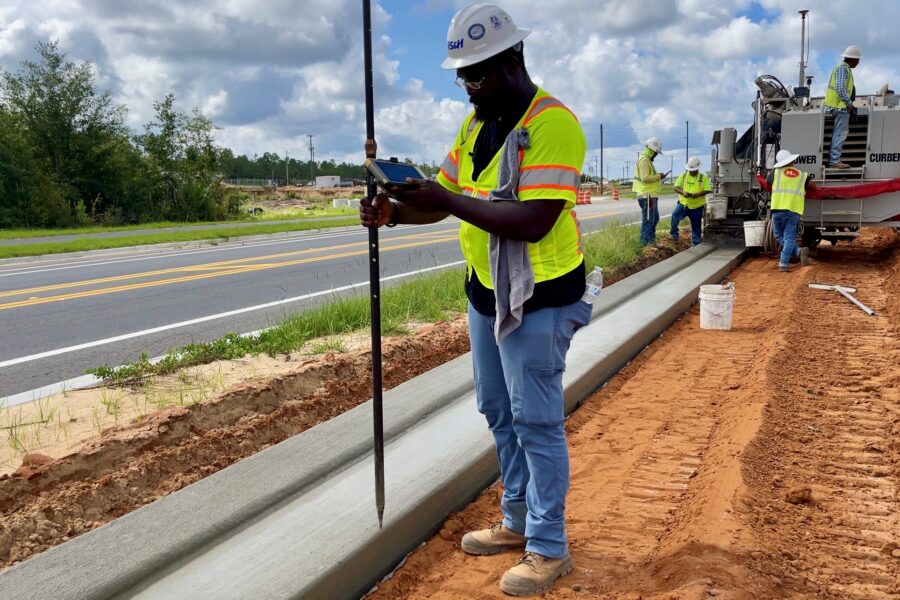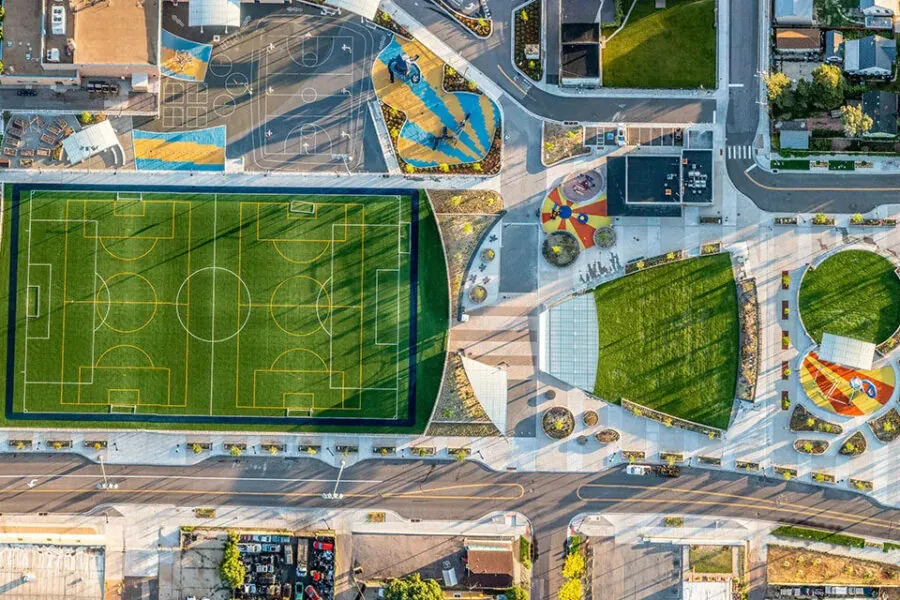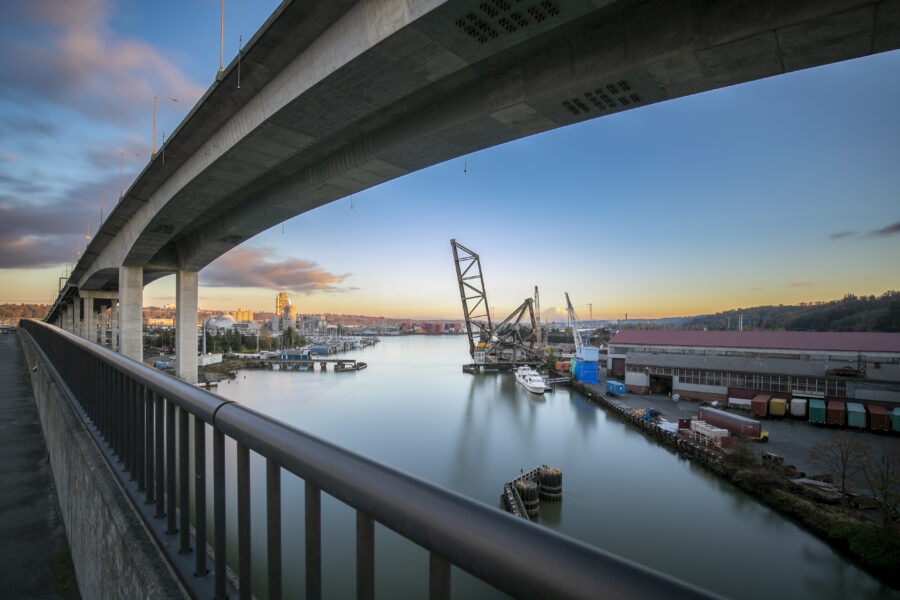The Application of Using Managed Lanes for Early Automated Vehicles Deployment

As the transportation industry tries to keep pace with maintaining its status quo as safely and efficiently as possible, the clock is ticking. Soon, the day will arrive when our nation’s transportation infrastructure will also need to accommodate new and emerging technologies.
While pilot programs across the country are already testing connected and automated vehicles (CAV), it has become more critical for the transportation industry to identify aspects where planners, designers and implementers can find ways to incorporate these new technologies into our infrastructure.
To date, the challenge has been around the ability of agencies to apply real-world applications in a form where instant benefits could be realized. Most efforts have been geared around testing and pilot projects where the conditions are controlled, and results have varied.
Fortunately, we as an industry are taking steps to catch up. At the Transportation Research Board’s (TRB) Automated Vehicles Symposium, public and private sector professionals participated with me in a breakout session focusing on the TRB’s recently released National Cooperative Highway Research Program (NCHRP) Report 891, “Dedicating Lanes for Priority or Exclusive Use by Connected and Automated Vehicles.”
The group deliberated how we can move the CAV discussion toward practical implementation based on real-world testing and guidance from this report. The report describes conditions amenable to dedicating lanes for users of CAVs and develops the necessary guidelines to deploy them in a safe and efficient manner.
We need to have earnest dialog to help public agencies sponsoring projects to adopt policies and plans for application. We must identify potential managed lanes projects and additional research needs, as well as begin to build synergy between technology leaders and managed lanes implementers.
Technology leaders can help us learn how to apply streetscape changes that would allow for a better influx of technologies, which can open the doors to new possibilities, especially in congested downtown areas. For example, Houston has been exploring the application of using managed lanes to connect transit hubs to user destinations and building this premise around “Automated Mobility Districts.”
As we continue to look to the future, we must grasp an understanding of our current state of infrastructure to be able to close the gap on accommodating this new technology. Some agencies are looking decades in advance to do this. The San Diego Association of Governments is planning 50 years out by incorporating “complete corridors,” which allow them to adapt infrastructure to future needs without complete reconstruction.
We’ve also seen planning efforts look at aspects such as capacity improvements without necessarily adding infrastructure. In some cases – like Utah DOT – agencies are trying to reduce infrastructure by using smarter technology components and connecting those components intelligently.
Agencies like the Central Texas Regional Mobility Authority (CTRMA), Florida’s Turnpike Enterprise (FTE), and Tampa Hillsborough Expressway Authority (THEA) are incorporating technology test case applications into their planning efforts while envisioning the future of transportation as part of their agencies’ core strategic plans.
In the end, industry discussions and information sharing are critical to evolving in this technology-focused era. At the AV Symposium, our group identified some outstanding key aspects to evaluate when incorporating AVs into our transportation facilities, most notably in dedicated or managed lanes:
- Platooning policies and the technologies needed from infrastructure to make them work better
- Empty vehicle movements and how that factors into congestion management
- Handoff between dedicated AV facilities and non-dedicated AV facilities
- Travel lane restructuring
These types of efforts will be the catalysts to take the transportation industry to another level while still satisfying the mobility and safety values that are part of our everyday approach to business.




